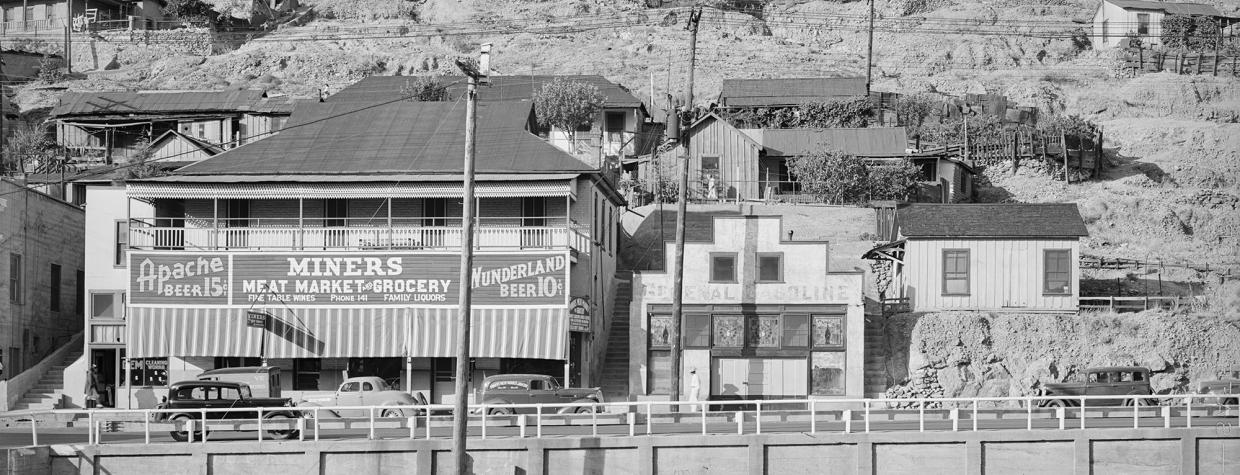When Brothers Martin and Herman Fenster launched the Arizona Brewing Co. in a 34,000-square-foot warehouse in Phoenix in 1933, they hoped to ride a golden post- Prohibition wave. They hired a brewmaster trained in Czechoslovakia and invested $125,000 in a 30,000-barrel-per-year operation. On August 3, 1933, they advertised it in the Phoenix Gazette, calling the endeavor a New Deal brewery that would help pull the country out of the Great Depression.
Months later, and after the introduction of a bottling line, the brothers decided to sell the operation. Enter E.P. Baker, the vice president of San Diego’s Aztec Brewing Co., who joined other investors to purchase the Arizona Brewing Co. as a personal project. He poured $100,000 into renovations and upgrades, increasing the brewery’s storage capacity and hiring about 50 local employees.
Finally, in June 1934, the brewery rolled out Apache Beer, a new flagship intended to replace its original Sunbru and Arizona Brew brands. A few months later, the brewery started bottling it — initially, it was available only on draft — and its popularity boomed.
The beer was a traditional lager. But its advertising campaign was anything but traditional. Advertisements often featured an American Indian wearing a war bonnet and riding a horse. The slogan? “Apache: Chief of Them All.”
“Because he saw our Indian, a man won’t immediately go out and buy a case of our beer,” the brewery’s general manager, B.J. Russell, said in 1936. “But seeing that Indian does leave a lasting impression that eventually brings results. Every time a person sees one of our trucks, one of our signs, a newspaper advertisement or anything carrying our Indian head design, he is going to remember the Indian representative.” The brewery also sponsored a five-minute radio show, The Apache Travel Chief, wherein the “chief” described a short, scenic trip somewhere in Arizona.
Today, the tactics would be considered culturally insensitive at best, but they were successful in the late 1930s. In fact, by 1938, Apache Beer was distributed across Arizona, New Mexico, Texas and parts of Southern California. Ultimately, though, the brewery faced multiple rounds of near-bankruptcy, only to be saved by ownership changes. The company retired Apache Beer around 1943, and the now-iconic A-1 Beer took its place. In 1964, Cleveland-based Carling Brewing Co. purchased Arizona Brewing Co., marking the end of Arizona’s first golden era of brewing.

